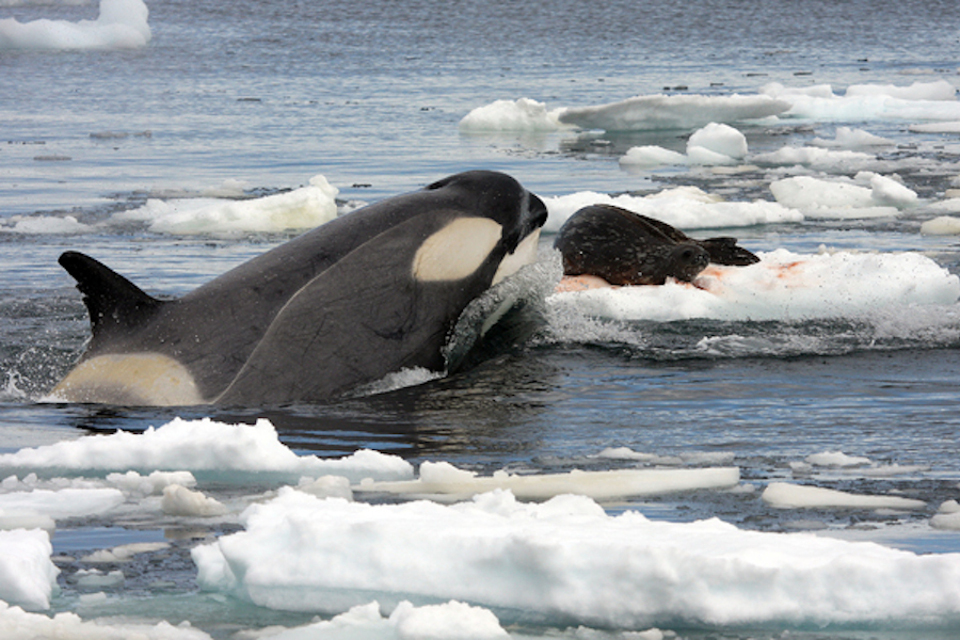Published on blog.loroparque.com the 06.08.2019.
If you were to believe animal rights activists, rake marks would only exist in orcas under human care – science however proves the opposite is true: they also exist in nature and it is completely natural for orcas to have them.

Note: In fact it would be rather unusual for an orca not to have rake marks. Their skin is very soft, which means that there will always be small marks on it, however, this is not a problem for the animal, as they will usually disappear as quickly as they came. The hierarchy within a killer wale group is constantly up for discussion and fought about. There’s nothing wrong with this and it is not unusual, its just part of their social behaviour. For this reason it has been discussed whether they should be renamed “social marks”, since science shows that this term would be more fitting.
There is no need to worry if you see an orca or dolphin at a modern zoo or aquarium with rake marks, they are proof of normal social behaviour and nothing more. Surely it was a clever tactic from the animal rights industry, to reinterpret them into something else and use people’s lack of knowledge to get through with it. Publications like this one are all the more important to inform the public.
